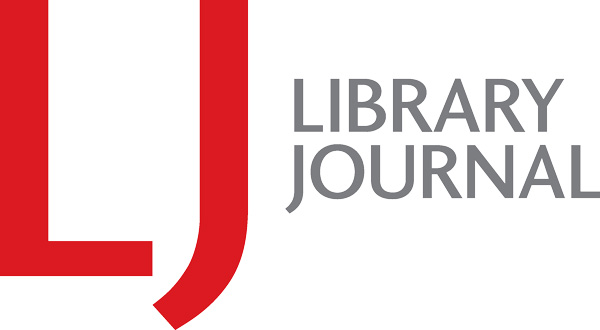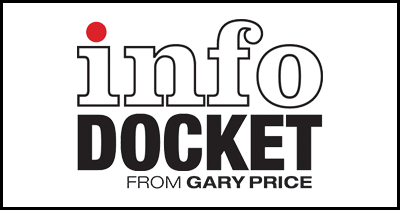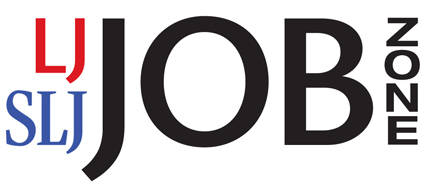New Digital Collection: National Library of Medicine’s Collection of Handwritten Recipe Books, 1600–1900
From a National Library of Medicine “Circulating Now” Blog Post by John Rees:
Cookery, alchemy, and medicine were closely intertwined in pre-modern Europe up to the 1800s. Recipes and advice for food preparation and preservation, animal husbandry, preparing useful household concoctions, and allopathic medicines and treatments for maintaining personal health were available in books via a growing publication industry and shared between friends, family, and neighbors. The head of a household would often record these in ‘receipt’ books, of which the Archives and Modern Manuscripts Collection holds a good number and has recently embarked on a project to digitize and make available in NLM Digital Collections.
‘Receipt’ books are now commonly termed ‘recipe’ books; indeed, their compilers used both terms to describe these texts. Today these two words have distinct meaning different than in the 15th through 18th centuries. The word ‘receipt’ derives from the Latin ‘recipere’ meaning “to receive” or “to take.” Both ‘receipt’ and ‘recipe’ originally referred to medicinal preparations. These would be either literally prescriptions with lists of ingredients, or loose instructions for mixing herbs, plant extractions, and foodstuffs. ‘Receipt’ was often abbreviated to a capital R with an X through it, becoming the ℞ symbol used by our modern pharmacies today.
Many of the recipe books that survive today and that libraries buy from rare book dealers were the domain of the high culture in Europe’s early modern period. They would be found in the manor houses of aristocracy and large land owners. The ones in NLM’s collections largely come from England and Scotland, with a few from Germany and Holland. Many of our recipe books are anonymous but others are attributable, usually to women.
[Clip]
Recipe books are undoubtedly rare pieces of material cultural to have survived from Europe’s early modern history. But in special collection libraries or private collections these rare books are divorced from their original context, which would provide more definitive evidence of their uses. In many cases, we only know they exist–not why they were created or for whom exactly, when were they used, where were they stored or with what other texts.
We invite you to explore our newly digitized receipt book collections, and those of other libraries, to make your own discoveries.
The complete blog post by John Rees runs about 1200 words and contains several example pages from the digital collection.
Direct to NLM Digital Collection of Handwritten Recipe Books, 1600–1900‘
Filed under: Archives and Special Collections, Digital Collections, Interactive Tools, Libraries, National Libraries, News, Preservation
About Gary Price
Gary Price (gprice@gmail.com) is a librarian, writer, consultant, and frequent conference speaker based in the Washington D.C. metro area. He earned his MLIS degree from Wayne State University in Detroit. Price has won several awards including the SLA Innovations in Technology Award and Alumnus of the Year from the Wayne St. University Library and Information Science Program. From 2006-2009 he was Director of Online Information Services at Ask.com.


